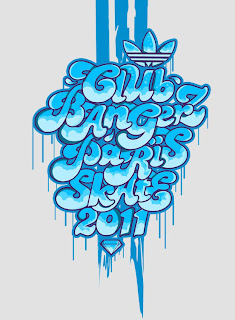בסד
The following three fonts all reflect the time-period in which they were created.
- Monticello, originally called Pica No. 1, was created by a type foundry in Philadelphia in 1796, of Archibald Binny and James Ronaldson. Theirs was the first eminent type foundry in a young United States. Their shop was established in an effort to make the United States more self-sufficient and dependent. The focus in their design, therefore, was to provide type work of comparable quality and style to the type work of Europe.In the 1940's, Pica No. 1 was recreated by C.H. Griffith, at which time, he gave the font its current name, Monticello. He revived it for the purpose of having a suitable typeface to print The Papers of Thomas Jefferson. Monticello matches the style of 18th century typefaces. (Creesy) When C.H. Griffith picked up Pica No. 1, his intentions were right in line with its original designers. He wanted to emulate the type of their time-period, just as they did.
- Rockwell was originally designed in 1910, by Inland type foundry, of Saint Louis.(Wikipedia; Eckman) Inland was of the most successful type foundries in the late 1800's. When the managers of the foundry represented themselves in advertisements, they described their print as a break from the traditional look. (Eckman)Innovation was the appeal of the time period as the early 1900's was a time of a society of industrialization. The advertising industry was born out of this time period. Display faces were promptly needed for advertisements, for their loudness, boldness, and contemporary look. At this point, Slab-serif fonts were introduced to fill this very purpose (Miklavčic). Rockwell was one of such typefaces; it is a slab-serif font, designed for the purpose of advertising (Typedia).
- Universal was designed by Herbert Bayer, alumnus and staff member of The Bauhaus (Rothschild).The Bauhaus was a German school of fine arts and crafts, established in 1919.The Bauhaus' unique style of design was a major influence in design. Its mode of design was to achieve harmony between design and function, while keeping to simplest form. This type of design reflected the desires of society precisely. It was post-World War I, the German Monarchy had fallen, and the country was facing an economic recession. Society's focus had turned from emotionalism to practicality. Public interest for Expressionism changed to interest in New Objectivity; the people desired simplicity and orderliness. (Wikipedia)Universal was designed by the Bauhaus' very own. It is a sans-serif, geometric font that gives the appearance of starkness and calculated, mathematical design. Universal is a reflection of its time-period.
Bibliography
"Bauhaus." wikipedia.com. n.p., 10 December 2011. Web. 13 Dec. 2011.
Creesy, Charles “Monticello: The History of a Typeface.” press.princeton.edu Princeton University Press, 2006. Web. 13 Dec. 2011.
Eckman, James“The Inland Type Foundry, 1894-1911.” luc.devroye.org. Luc Devroye, n.d. Web. 13 Dec. 2011
2010. Web. 13 Dec. 2011.
MiklaČic, Mitja “Three chapters in the development of clarendon/ionic typefaces.” www.typefacedesign.org David Březina, 2007–2010. Web. 13 Dec. 201
“Rockwell.” typedia.com. n.p., August 31, 2009. Web. 13 Dec. 2011
"Rockwell (typeface)." wikipedia.com. n.p., 13 November 2011. Web. 13 Dec. 2011.













